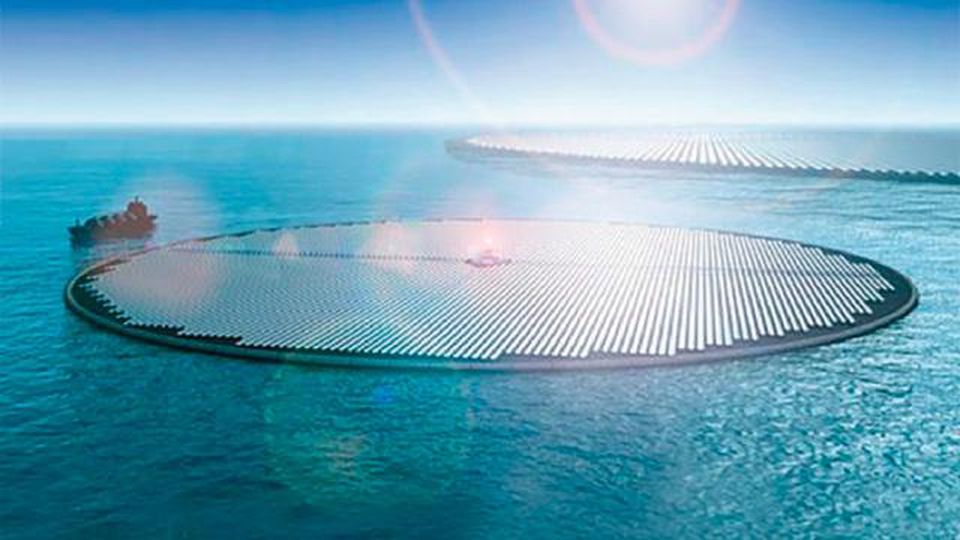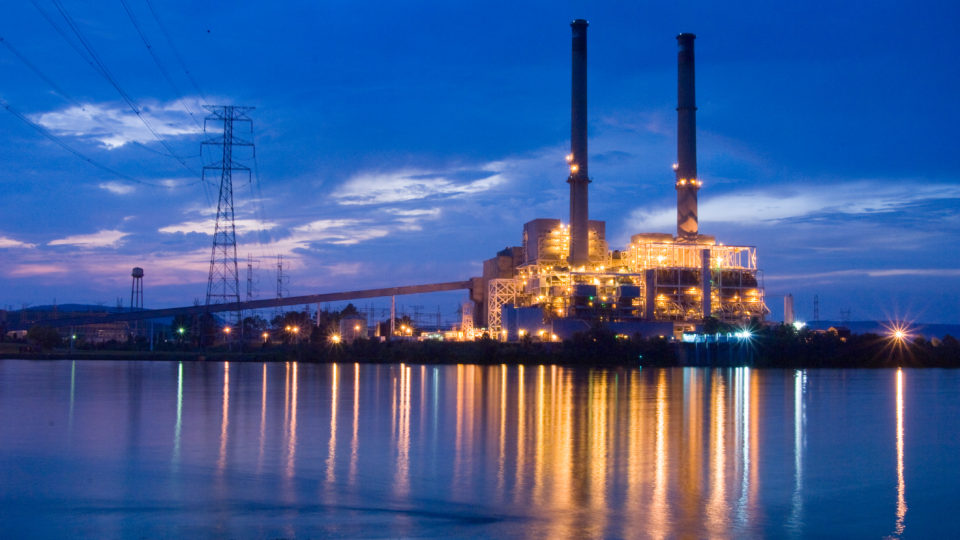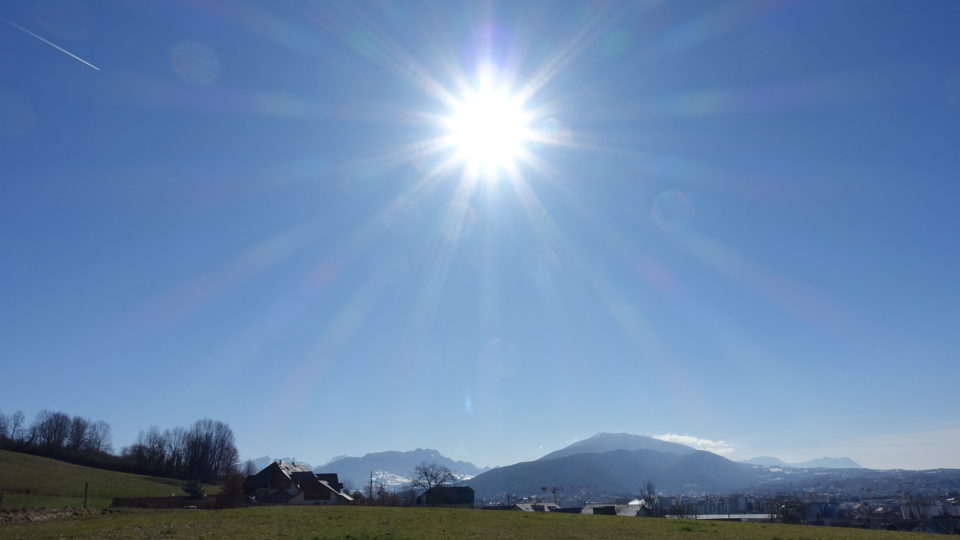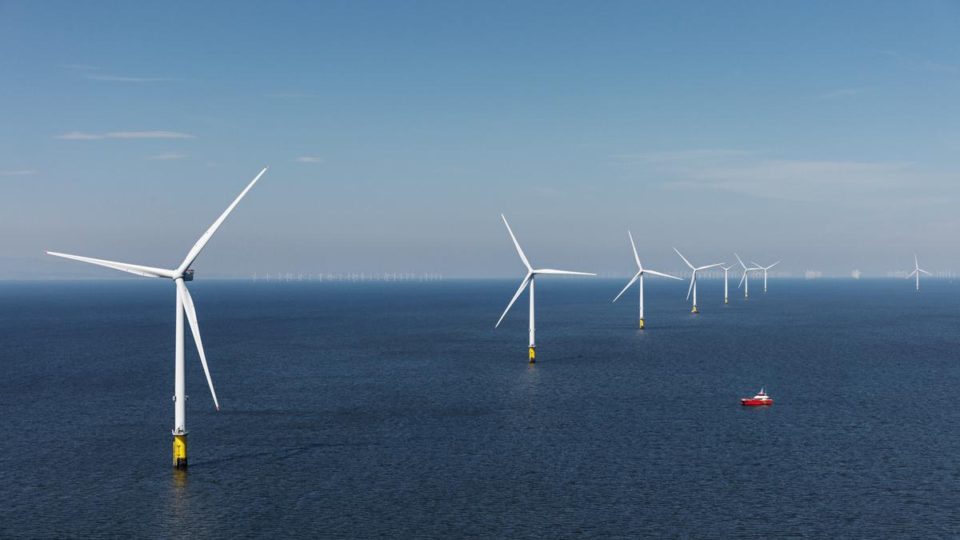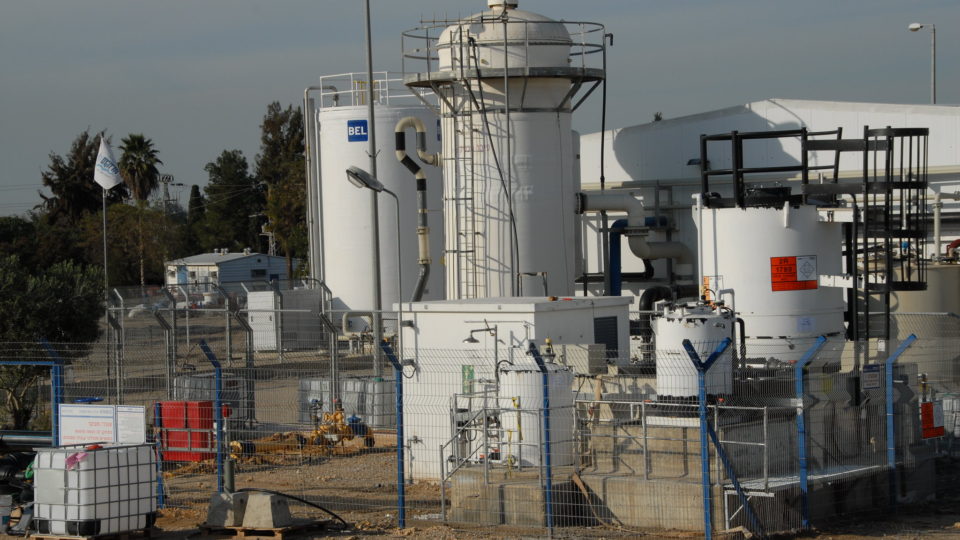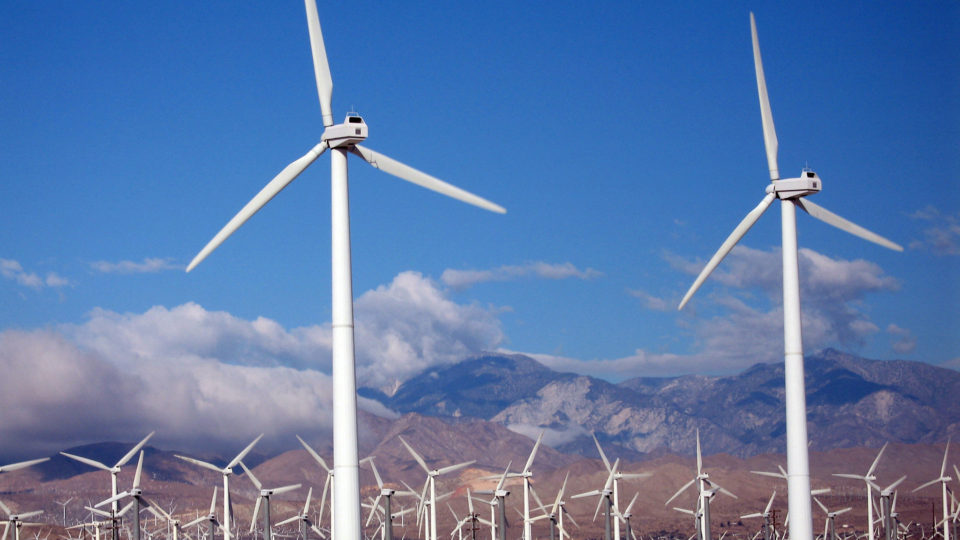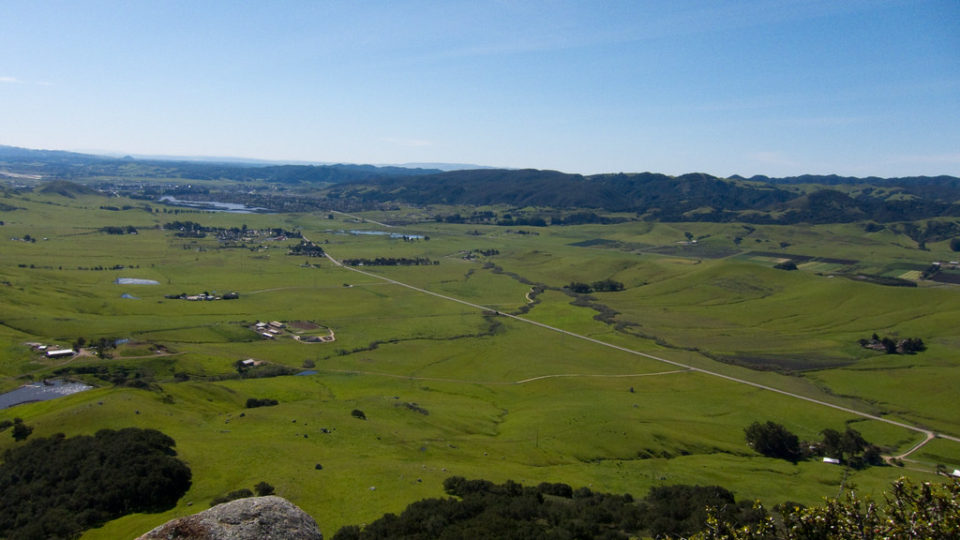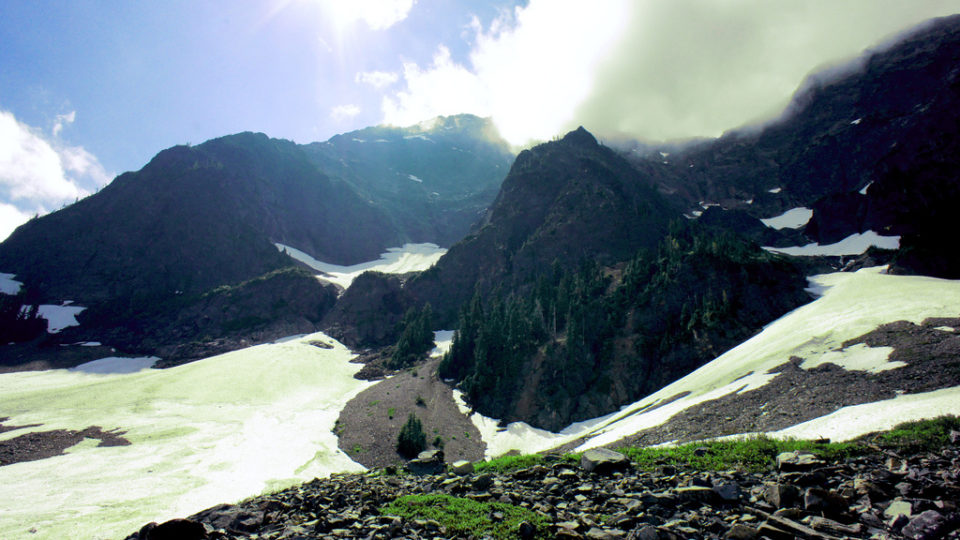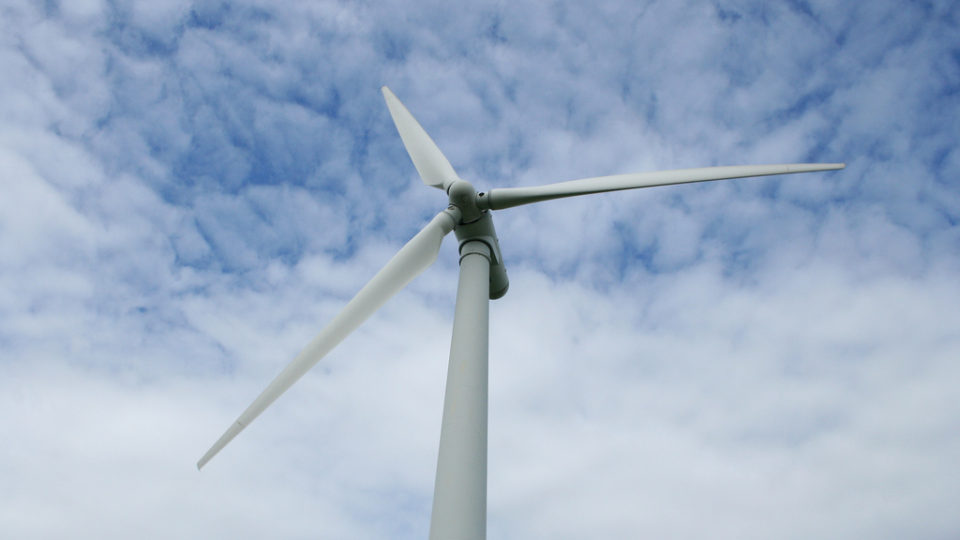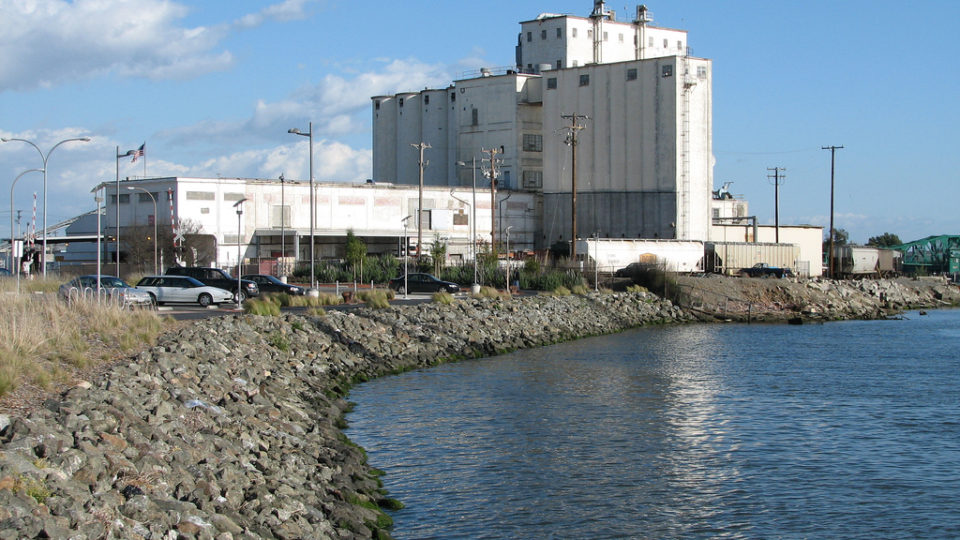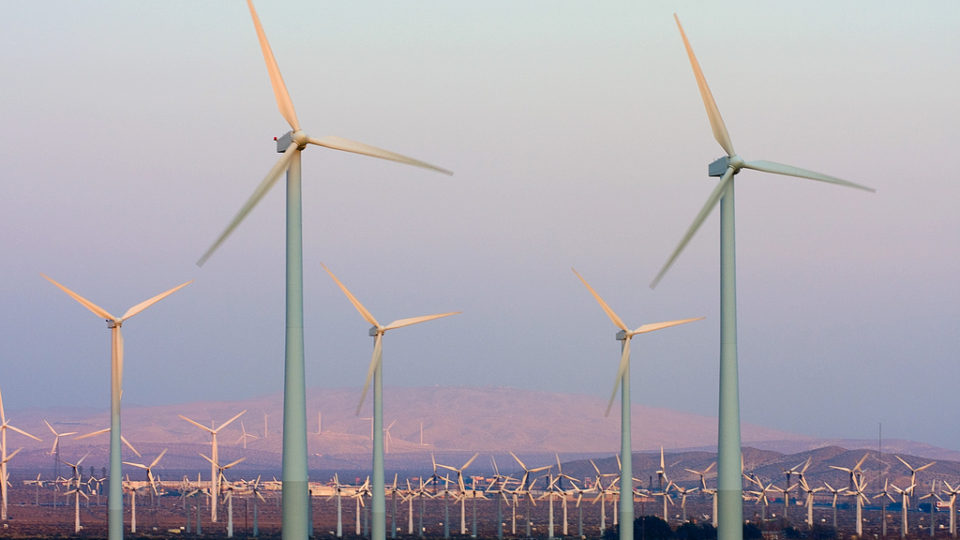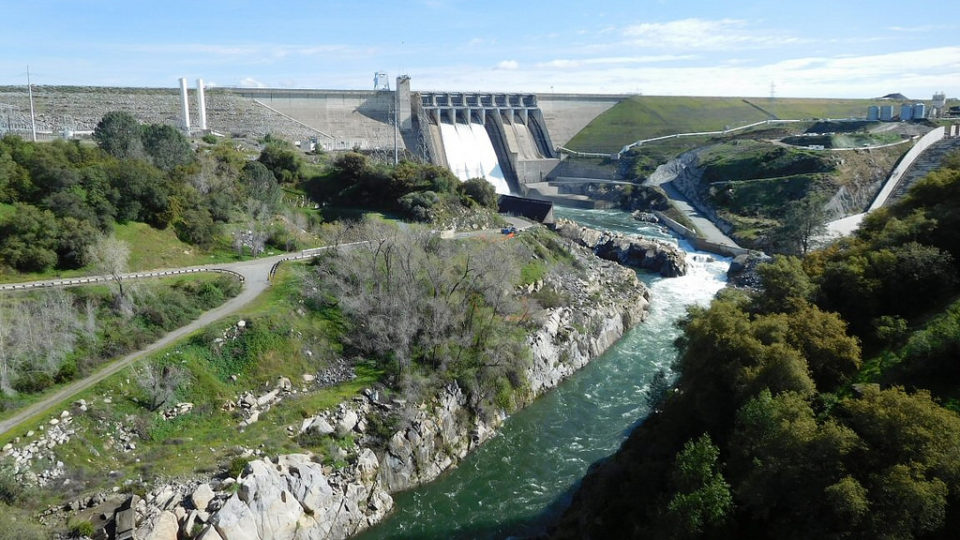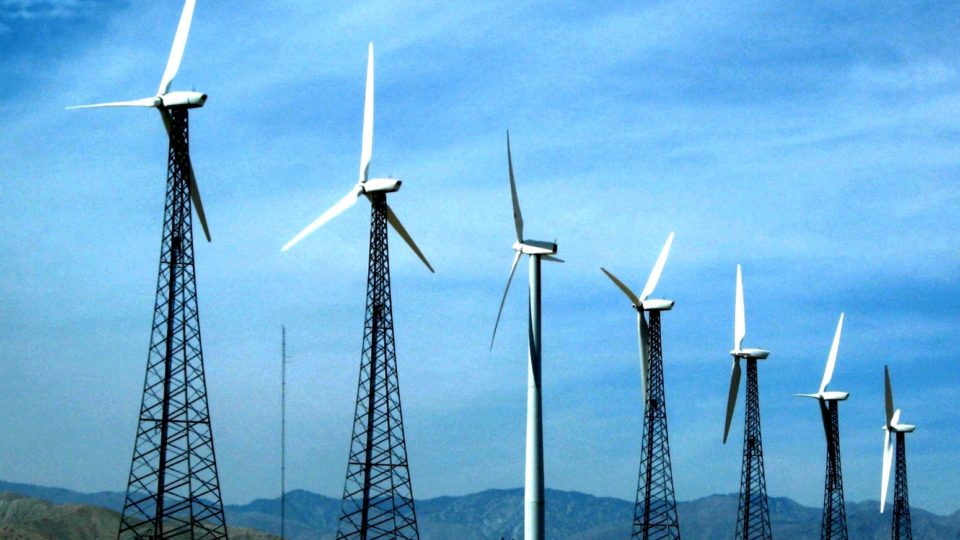The production of cement – which is the world’s leading construction material – is a major source of greenhouse gas emissions, accounting for about 8% of global man-made emissions.
Cement production produces carbon dioxide in two ways: from a key chemical process and from burning fuel to produce the cement. The process of making “clinker” – the key constituent of cement – emits the largest amount of CO2. Raw materials, mainly limestone and clay – are fed into huge kilns and heated to over 2,500 degrees Fahrenheit, requiring lots of fossil fuel. This calcination process splits the material into calcium oxide and CO2. The so-called clinker is then mixed with gypsum and limestone to produce cement.
A team of researchers at MIT has come up with a new way of manufacturing cement that greatly reduces the carbon emissions. The new process makes use of an electrolyzer, where a battery is hooked up to two electrodes in water producing oxygen at one electrode and hydrogen at the other. The oxygen-evolving electrode produces acid and the hydrogen-evolving electrode produces a base. In the new process, pulverized limestone is dissolved in the acid at one electrode and calcium hydroxide precipitates out as a solid at the other.
High-purity carbon dioxide is released at the acid electrode, but it can be easily captured for further use such as the production of liquid fuels or even in carbonated beverages and dry ice. The new approach could eliminate the use of fossil fuels in the heating process, substituting electricity generated from renewable sources.
The process looks to be scalable and represents a possible approach to greatly reducing one of the perhaps lesser known but nevertheless very significant sources of greenhouse gas emissions.
**********
Web Links
New approach suggests path to emissions-free cement
Photo, posted March 26, 2014, courtesy of Michael Coghlan via Flickr.
Earth Wise is a production of WAMC Northeast Public Radio.

